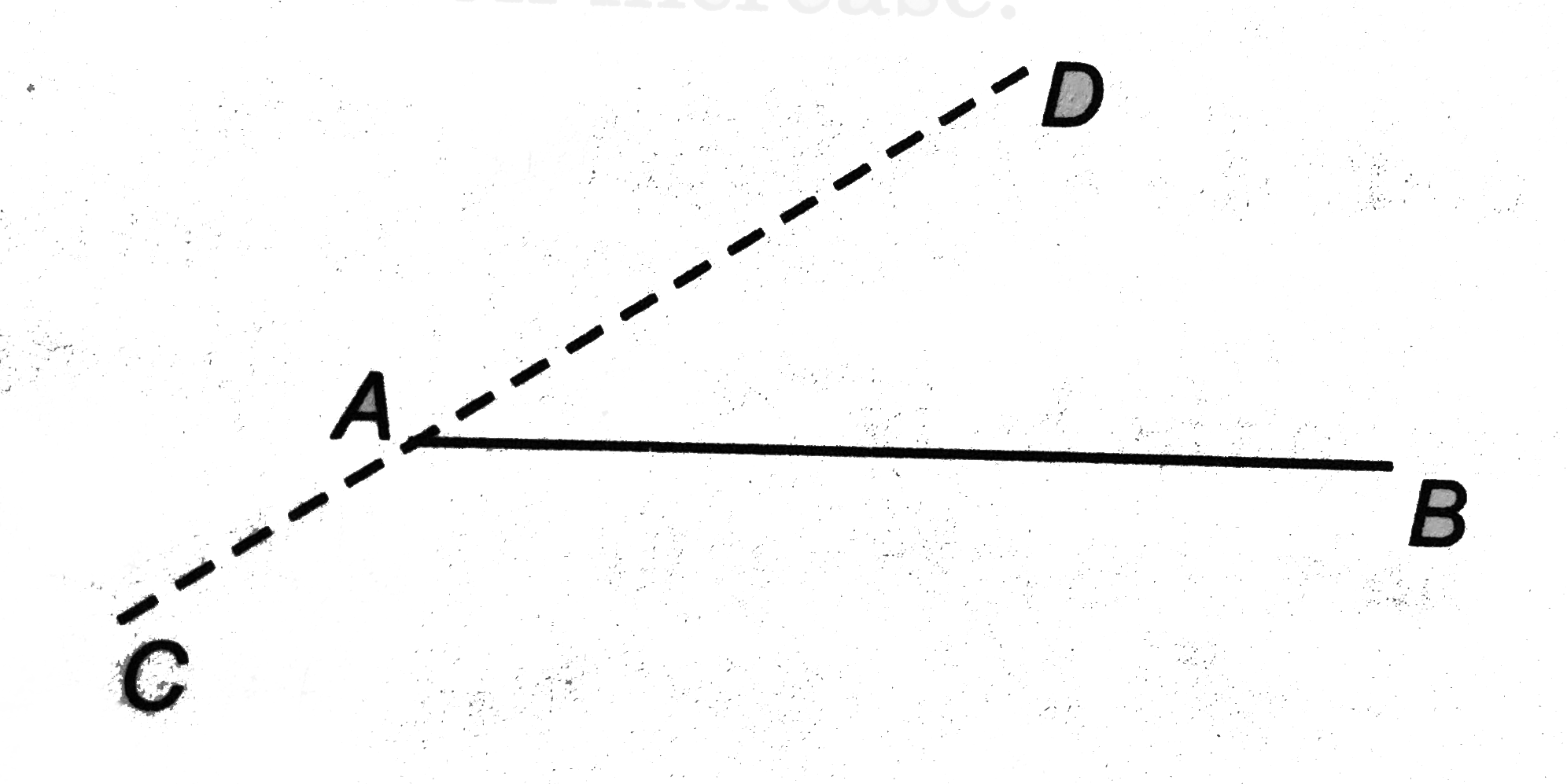State theorem of perpendicular axes.
Step-by-Step Text Solution:
1. Understanding the Context: The Perpendicular Axis Theorem is applicable only to planar bodies (laminar bodies), which means it is relevant for two-dimensional shapes and not for three-dimensional objects.
2. Defining the Axes: Consider a planar body (lamina) with two axes lying in its plane. Let's denote these axes as the x-axis and the y-axis. The moment of inertia of the body about the x-axis is represented as Ix, and about the y-axis as Iy.
3. Introducing the Perpendicular Axis: Now, introduce a third axis, which we will call the z-axis. This axis is perpendicular to the plane of the lamina and intersects the other two axes at a common point. The moment of inertia about this z-axis is denoted as Iz.
4. Applying the Theorem: According to the Perpendicular Axis Theorem, the moment of inertia of the planar body about the z-axis (which is perpendicular to the plane) can be expressed as the sum of the moments of inertia about the two axes in the plane:
Iz=Ix+Iy
5. Conclusion: Therefore, the Perpendicular Axis Theorem states that for a planar body, the moment of inertia about an axis perpendicular to its plane is equal to the sum of the moments of inertia about two mutually perpendicular axes that lie in the plane of the body, intersecting at a common point.
Iz=Ix+Iy
Topper's Solved these Questions
- SAMPLE QUESTION PAPER 4BOOK - ICSECHAPTER - SAMPLE QUESTION PAPER 4EXERCISE - SECTION - D (Answer all questions.)
7 Videos
- SAMPLE QUESTION PAPER 4BOOK - ICSECHAPTER - SAMPLE QUESTION PAPER 4EXERCISE - SECTION - B (Answer all questions.)
13 Videos
- SAMPLE QUESTION PAPER - 01 BOOK - ICSECHAPTER - SAMPLE QUESTION PAPER - 01 EXERCISE - SECTION - D
12 Videos
- SAMPLE QUESTION PAPER 5BOOK - ICSECHAPTER - SAMPLE QUESTION PAPER 5EXERCISE - SECTION - D (Answer all questions.)
6 Videos
Similar Questions
By the theorem of perpendicular axes, if a body be in X-Z-plane then :-
View Solution
Assertion: There is a thin rod AB and a dotted line CD. All the axes we are talking about are perpendicular to plane . As we take different axes moving from A to D, moment of inertia of the rod may first decrease then increase.
Reason: Theorem of perpendicular axis cannot be applied here.
View SolutionState (i) parallel axes theorem and (ii) perpendicular axes theorem.
View SolutionState theorem of parallel axes.
View SolutionBy the theorem of parallel axes:
View SolutionA square plate is kept in YZ plane. Then according to perpendicular axis theorem
View SolutionAccording to the theorem of parallel axes I=Icm+Mx2, the graph between I and x will be
View SolutionThe locus of point of intersection of perpendicular tangent to parabola y^2= 4ax
View SolutionThe locus of the point of intersection of perpendicular tangents to the parabola y2=4ax is
View SolutionShow that the locus of point of intersection of perpendicular tangents to the parabola y2=4ax is the directrix x+a=0.
View Solution
